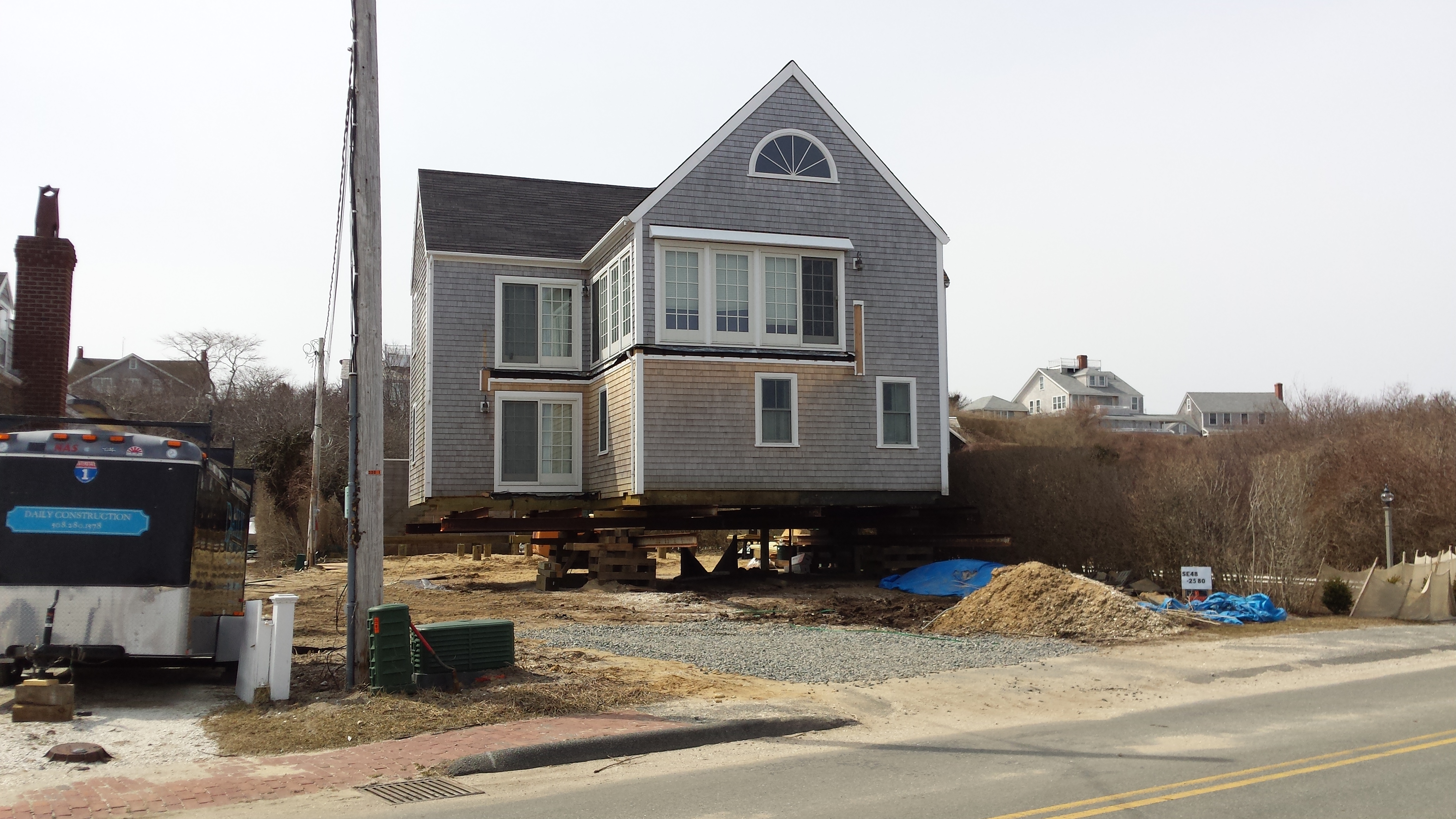You have decided you want to build a home on Nantucket, congratulations! It’s taken a lot of thought to get here, so now let’s get started on some basics. Land on Nantucket is becoming scarce and since we’re not making any more of it, supply-and-demand says don’t ponder too long. The conservation groups on island control more than 50% of the open space – and more than half of what’s left is already developed, leaving little empty land to build on – so when you are considering building a new home on Nantucket,don’t limit your search to just land. It is wise to also consider property with existing homes that you might move away, demolish or retrofit to your needs.

Construction on Nantucket – Zoning Codes
We have a complicated zoning code here on Nantucket. While it can be daunting at first, once you spend a little time doing your research it becomes more manageable. There are many zones – some residential and some commercial, and some that allow both uses. Here is a PDF of the Nantucket zoning map where you can zoom in on any lot on Nantucket to learn what zone it falls under.
In your mind’s eye, you probably already know how big of a home you want so let’s see where it will fit. Each zone on the island restricts footprint, which is defined as enclosed spaces. For example, the space inside of the four walls of a house count but an un-screened porch does not (unless it has living space above it). Pools, tennis courts, patios and decks also do not count as footprint.
Nantucket Zoning Examples
Above in the PDF map, you will find a chart of percentages of ground cover for each zone. But first allow me to give you a couple quick examples. On an In-Town lot with a minimum size of 5000 sq. ft., you can cover 50% (or 2500 sq. ft. of footprint); a half-acre residential R2 lot allows 12.5% (or the same 2500 sq. ft.); a one-acre lot LUG1 allows for 7% (or 2800 sq. ft.); and a 3 acre lot in LUG3 zoning allows 3% (or 3600 sq. ft. of footprint). You can use this maximum footprint allowance across multiple structures if you like. Many properties on Nantucket can have a main house and a guesthouse. However, they must have a footprint differential of 20% making it obvious which is the dominant structure. You can also use footprint for garages and “tiny houses.”
I could go on because, as I said, Nantucket zoning is difficult and there is a lot to cover. But let’s take it on one blog post at a time. Feel free to reach out with questions or help, that is why we are here at Fisher Real Estate, to be a resource to you.

